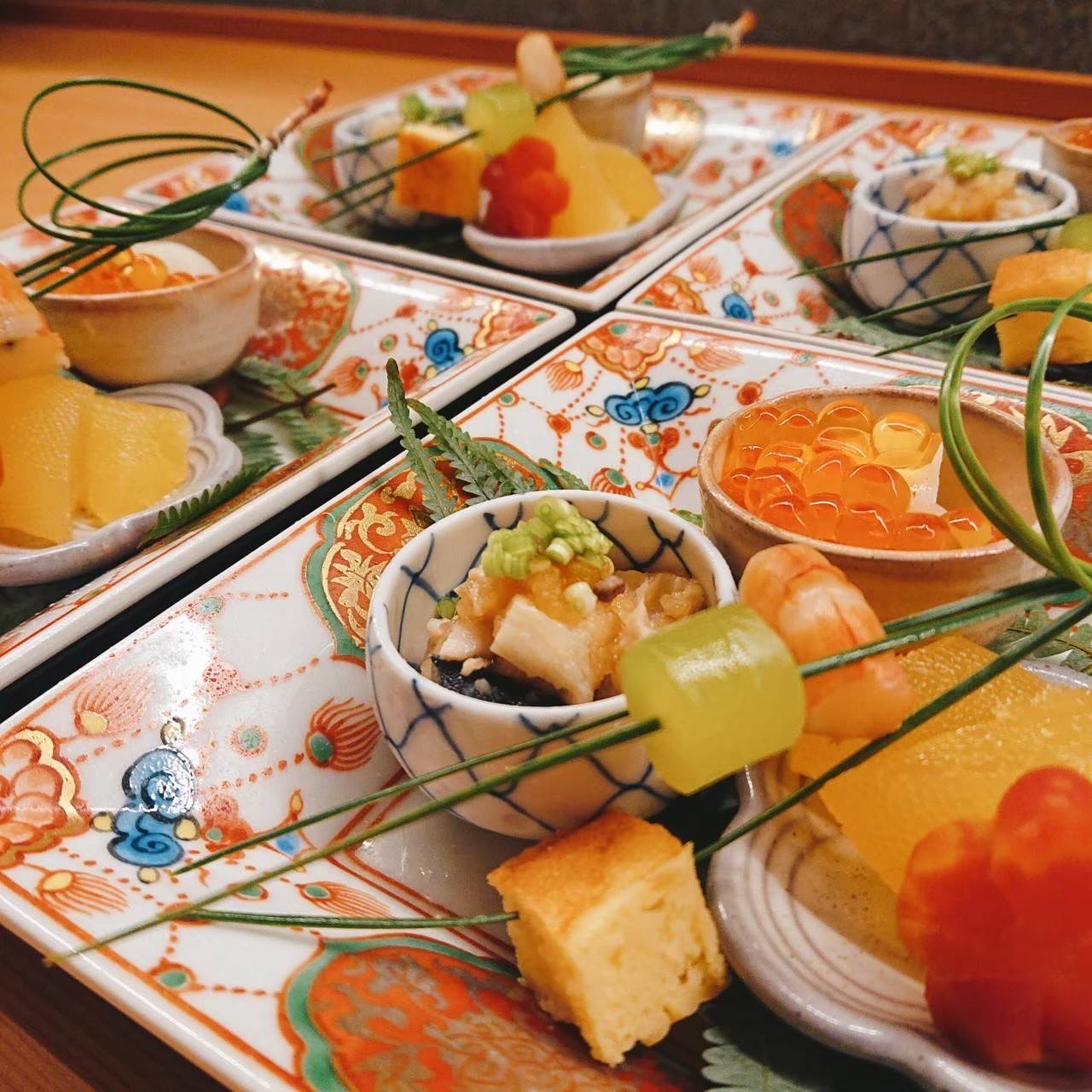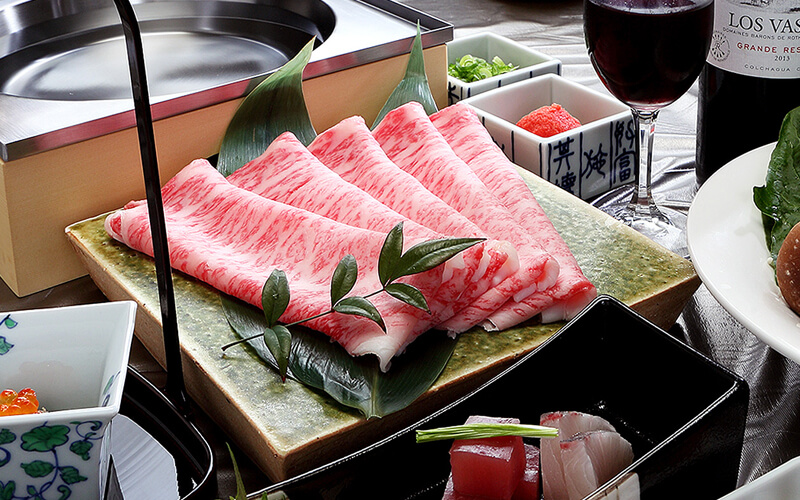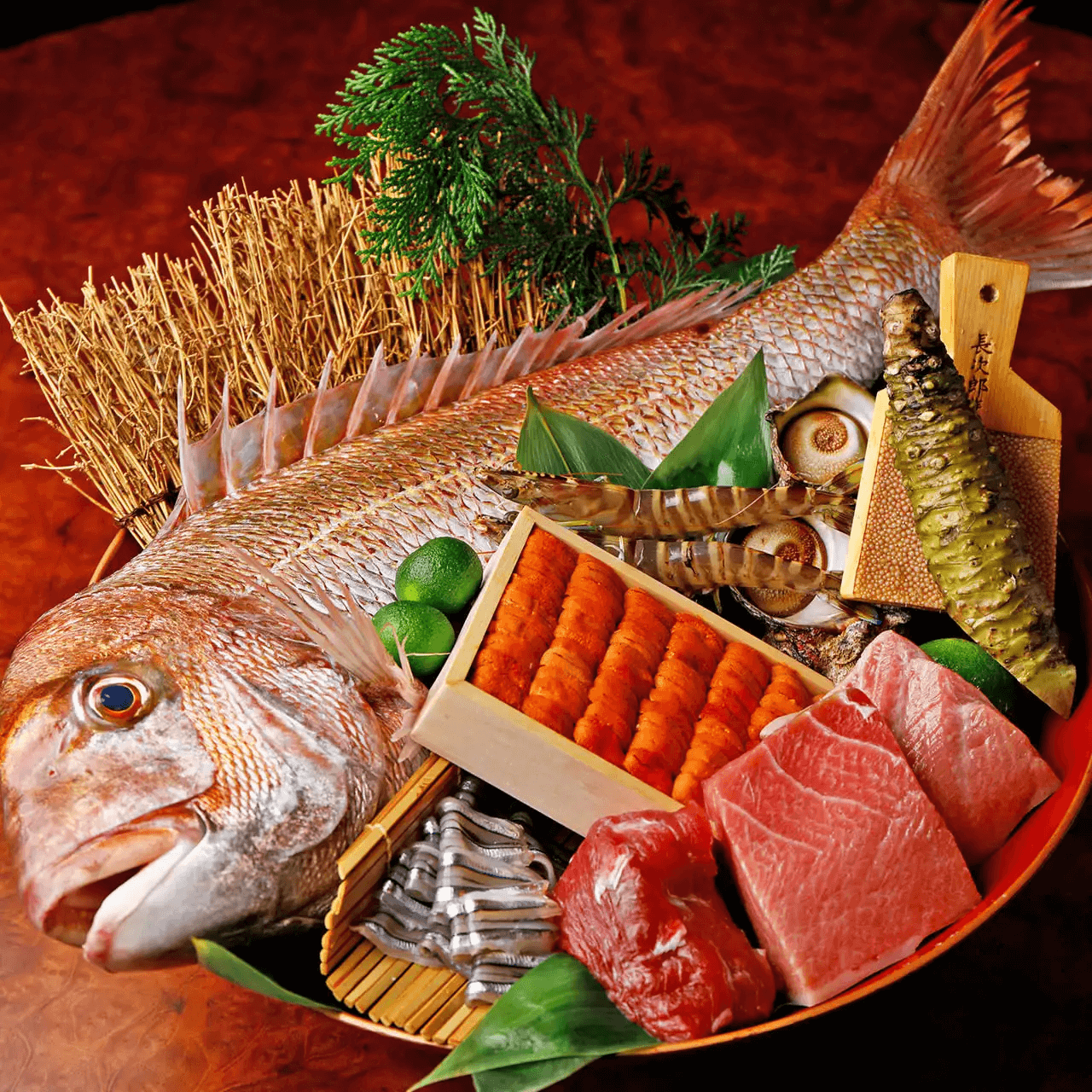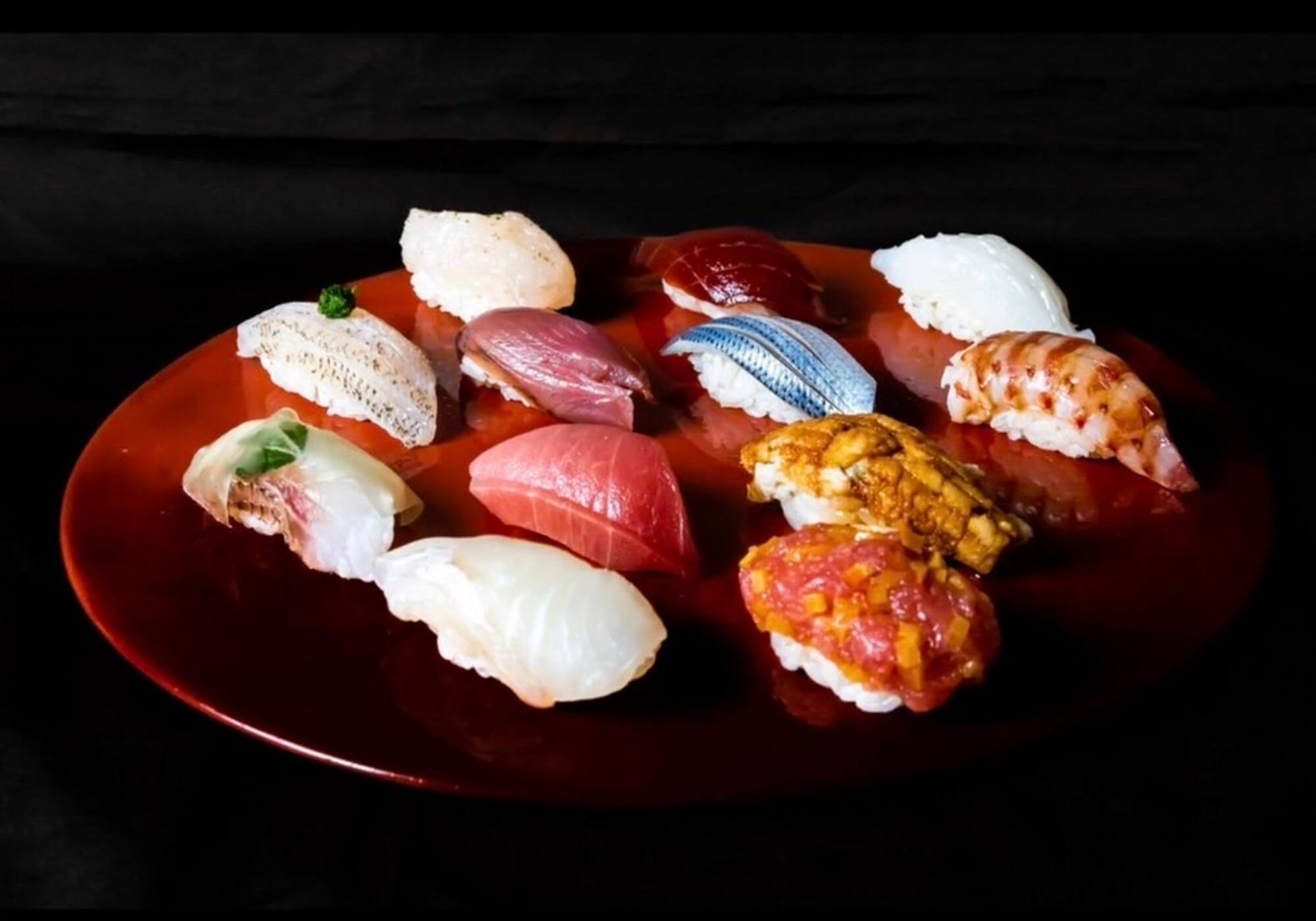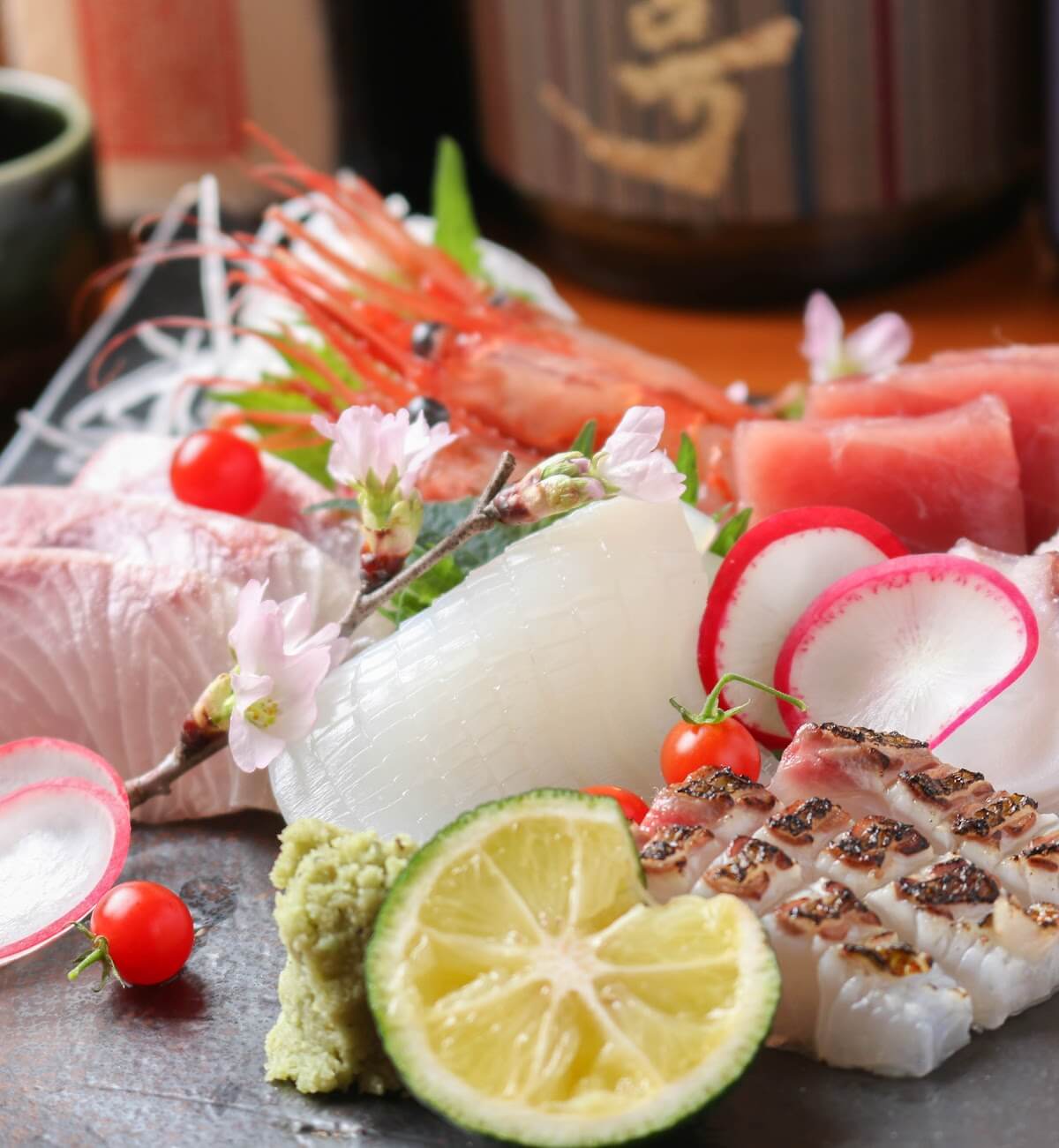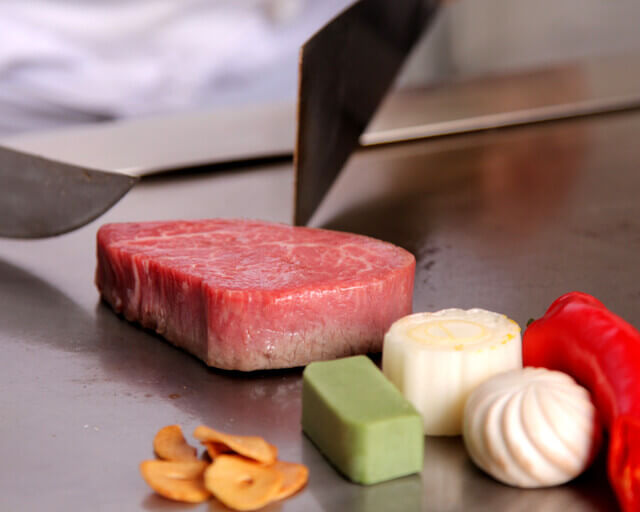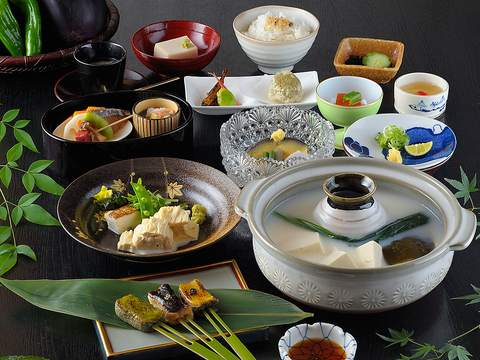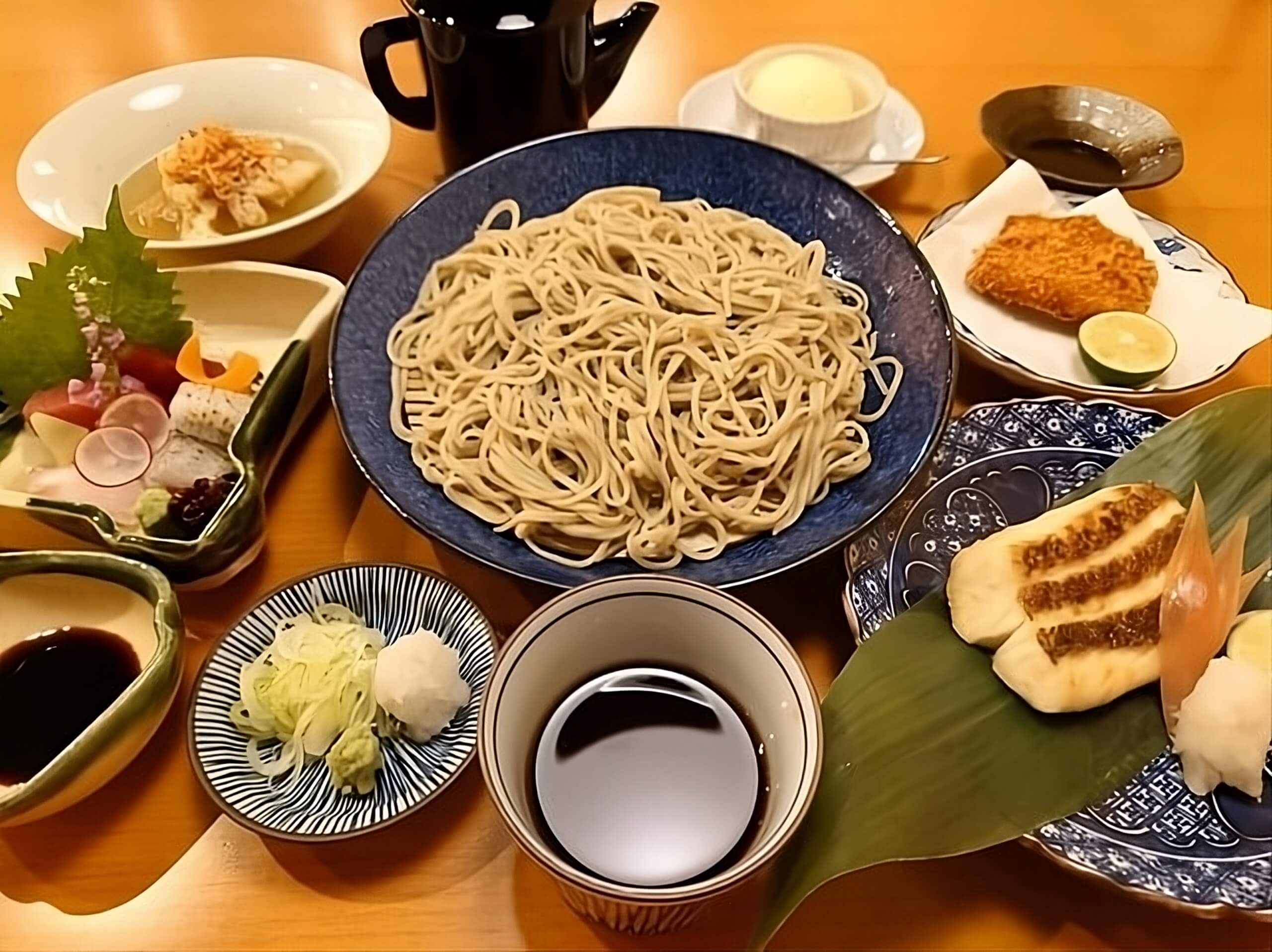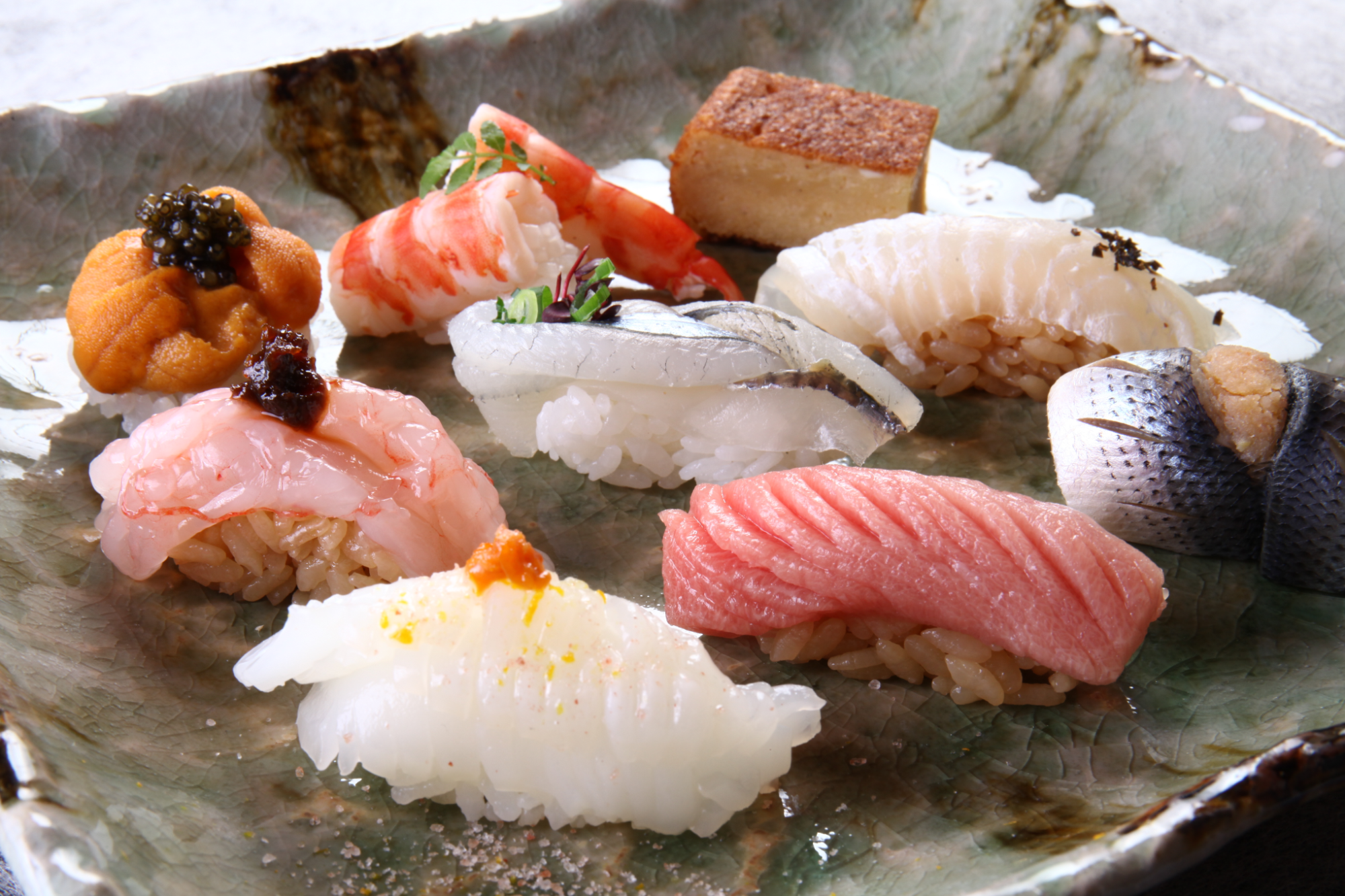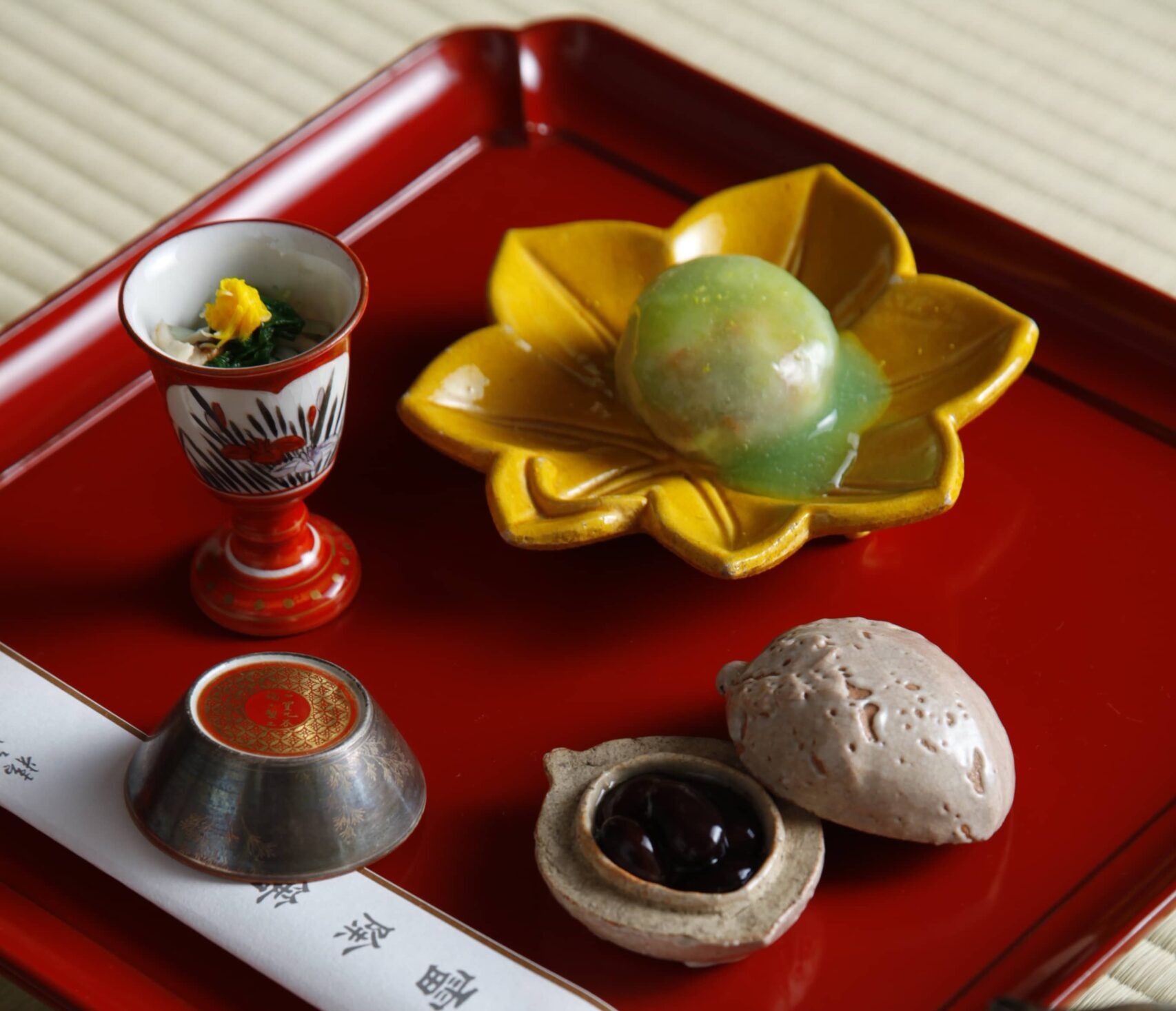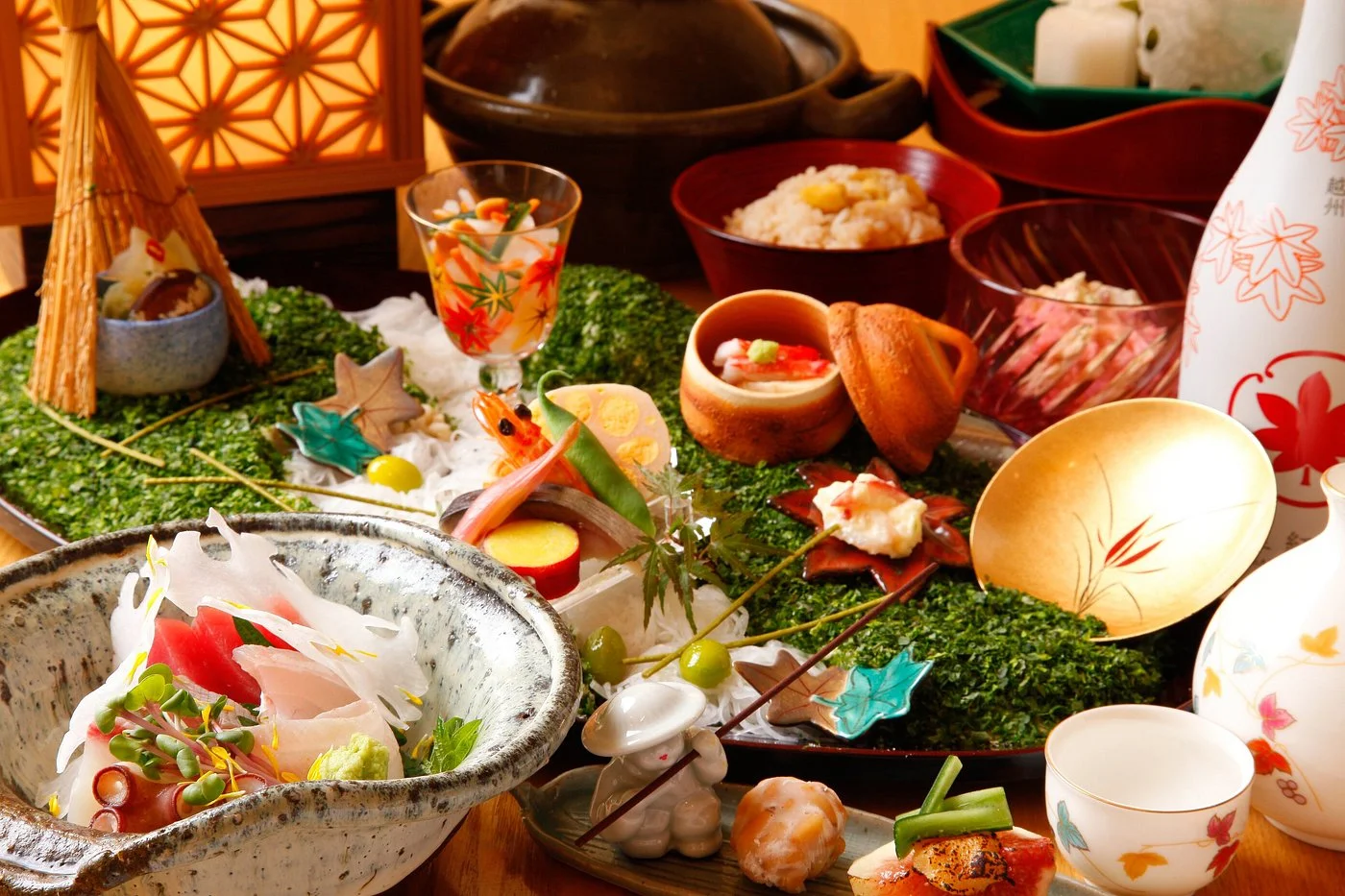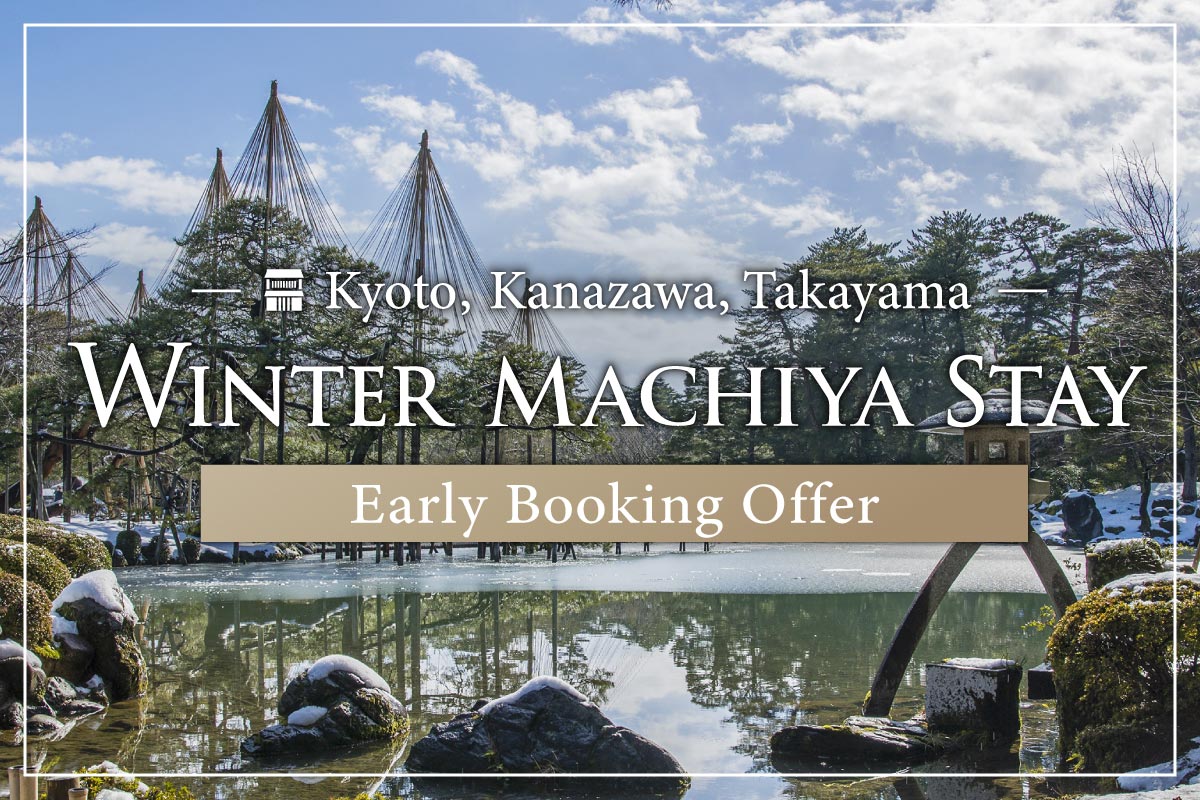A goshuincho, or goshuin book, is one of the best ways to experience temples and shrines in Japan. When it comes to what to do in Japan, temples and shrines are great places to visit. However, we’ve found that visitors often don’t know what they can and should do there.
Filling up a goshuincho definitely makes our list of the top fun things to do in Japan. It’s incredibly rewarding, since it’s something that you do over time.
But what exactly is a goshuincho? We’ve got all the info you need to know about goshuincho — where to get one and how to use it. We’ve also included a short list of some of our staff members’ favorite goshuin stamps!
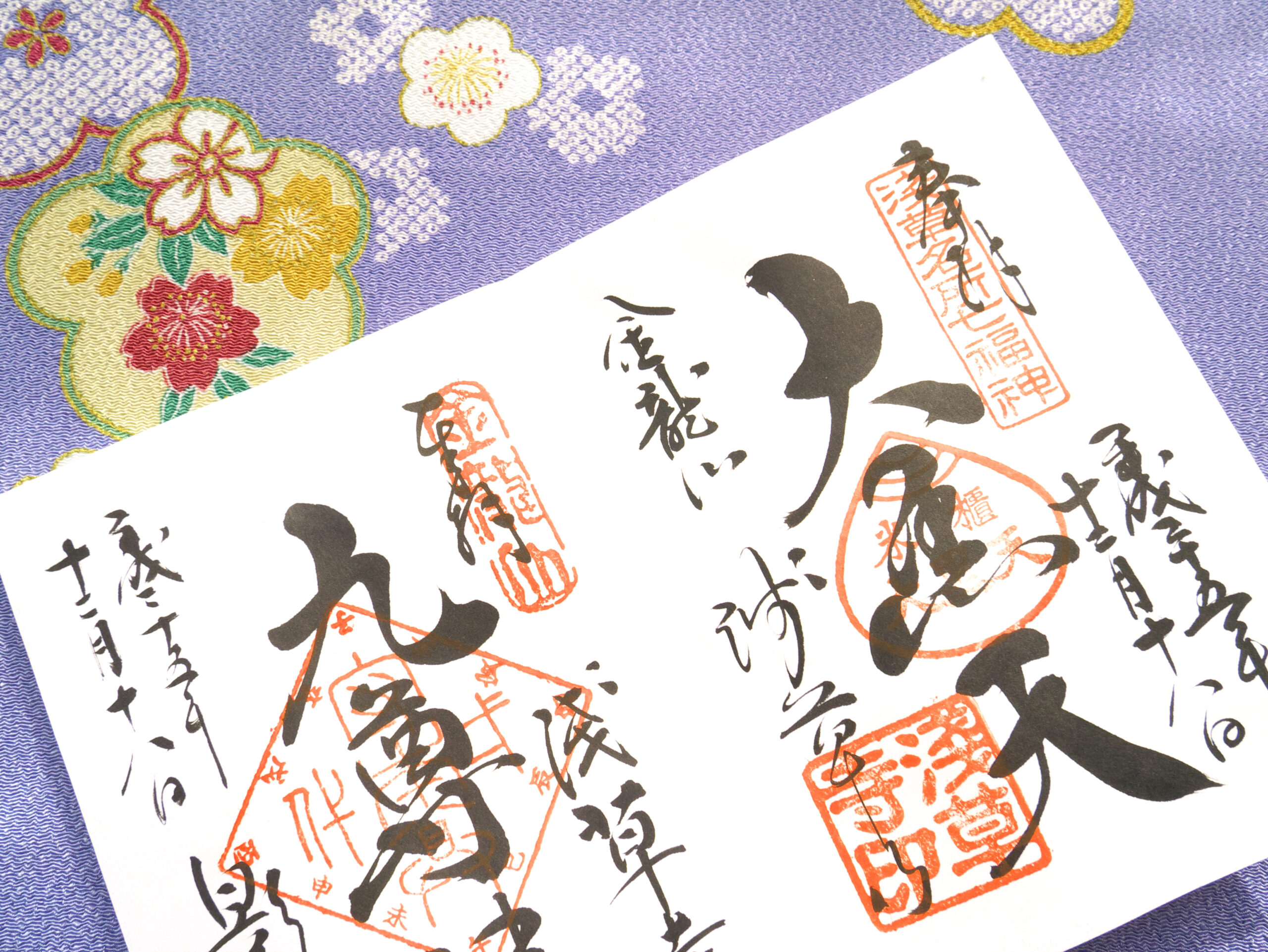
A shuin or goshuin (“red seal”) is a stamp that you can get from many shrines and temples in Japan. Each shrine or temple’s goshuin is unique. These stamps have a lot of spiritual and historical significance. A person would receive a goshuin after handwriting Buddhist sutras (religious texts) or making a donation to the shrine or temple.

A goshuincho (literally “goshuin book” or “book of red seals”) is a book that is stamped with goshuin. Traditionally, a goshuincho acts as a record of one’s faith — visiting and paying respects at many different shrines and temples.
Nowadays, however, many locals and tourists buy goshuincho and collect goshuin as a hobby or to show the places they’ve visited. Goshuin are seen as divine blessings, so even if you don’t personally attach a spiritual meaning to them, they should be treated with respect.
Goshuincho are sold at many bookstores, stationery stores, and tourist shops around Japan. They range from plain cover goshuincho to ones with unique designs. Temples and shrines also sell goshuincho, usually with a special design of the location.
Goshuincho usually cost between ¥1000 to ¥3000, but ones with very elaborate designs may cost more.
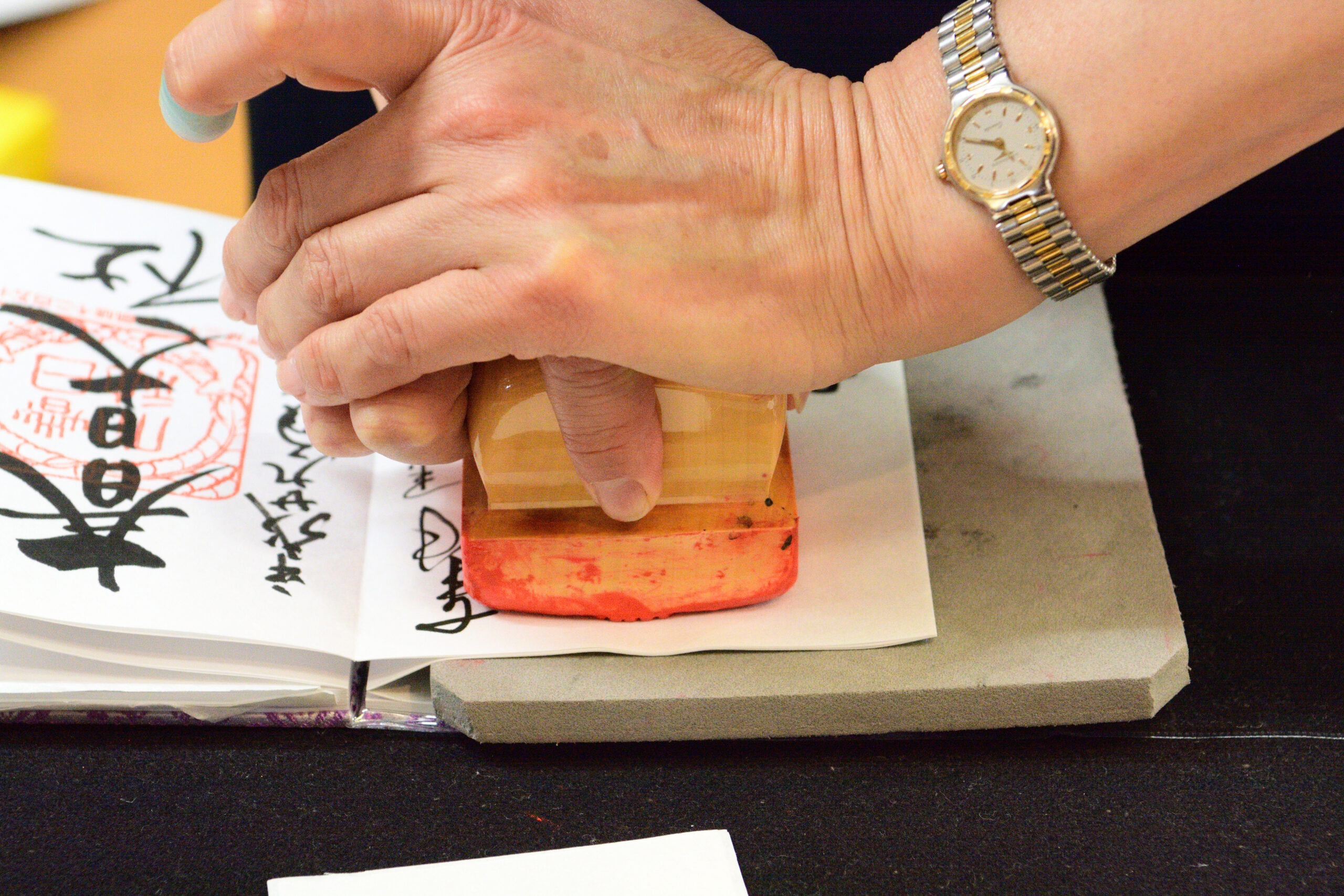
Goshuin are usually issued at the reception area of a shrine or temple. This is where you’ll see items such as omamori (amulets) being sold, as well as other goods and some services.
There are usually multiple signs — look out for a sign that says “御朱印所” (Goshuinjo in kanji). You can also ask one of the staff where to find the goshuin area.
At the stamping station, give your goshuincho and the fee in cash. A goshuin usually costs between ¥300–500, but may cost up to ¥1000.
Some places offer both goshuin that can be stamped directly in your book or pre-printed goshuin on loose paper. Sometimes, a location may only provide the loose paper stamp. You can simply glue the loose paper into your book. Some of these special goshuin are made on special paper!
Many locations also offer limited edition designs for holidays and special occasions such as New Years, cherry blossom season, and autumn leaf-viewing season.
Buying a goshuin book and getting it stamped is pretty straightforward, but there are some things you should know beforehand.
・Not every temple and shrine offers goshuin. You can research beforehand or ask when you get there.
・Be sure to carry cash and change! Many temples and shrines only take payment in cash. Also, some may be unable to provide change for larger bills, so bring small change.
・Pay respects at the temples and shrines that you visit. Make sure you’re not visiting solely for the purpose of collecting stamps.
・Don’t use your goshuincho for anything other than collecting stamps. Don’t use it as a notebook or journal. They are spiritual items, so it would be disrespectful to do so.
・Don’t take photos or videos of the stamping process without asking first. Be patient and respectful while you wait for your goshuincho to be returned to you.
・ Some stricter Buddhist temples may refuse to stamp a goshuincho that has been stamped by a Shinto shrine, and vice versa. This isn’t common nowadays but, If you’re worried, you can have two goshuincho. This would also be a good idea if you plan to visit many temples and shrines during your time in Japan, in which case one book may not be enough!
If you get to a temple or shrine and realize you forgot your goshuincho, don’t worry! Don’t panic and immediately buy a new book or have them stamp any old notebook you might have with you.
You can have them simply stamp a loose leaf of paper (provided by the temple or shrine) to later paste into your goshuincho yourself.
Each temple and shrine that offers goshuin has their own unique design. This makes collecting them one of the most fun things to do in Japan, since you’ll likely be visiting shrines and temples during your visit, anyways! Some look more memorable than others or have a special meaning attached, so here’s a list of some of our favorites.
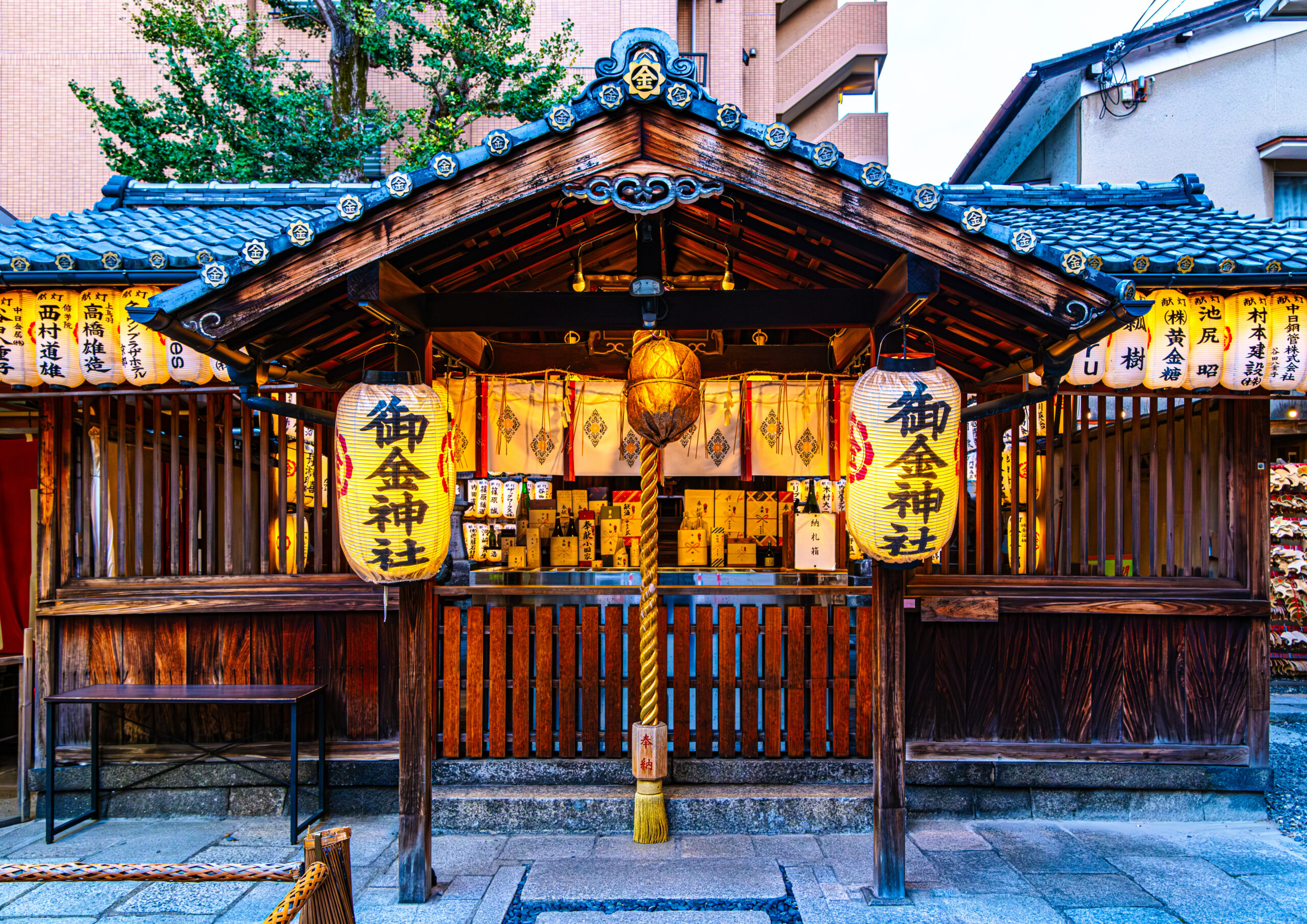
Mikane Shrine is dedicated to money, so many people come here to pay respects, hoping for money-related blessings. It’s also said that a goshuin stamp from Mikane Shrine will give you good luck when purchasing lottery tickets!
Wakinohama Shrine is dedicated to warding off evil and misfortune, while bringing good luck to those who pay respects. The shrine is also famous for having a heart-shaped tree. This shrine offers beautiful and intricate seasonal goshuin that are like works of art.
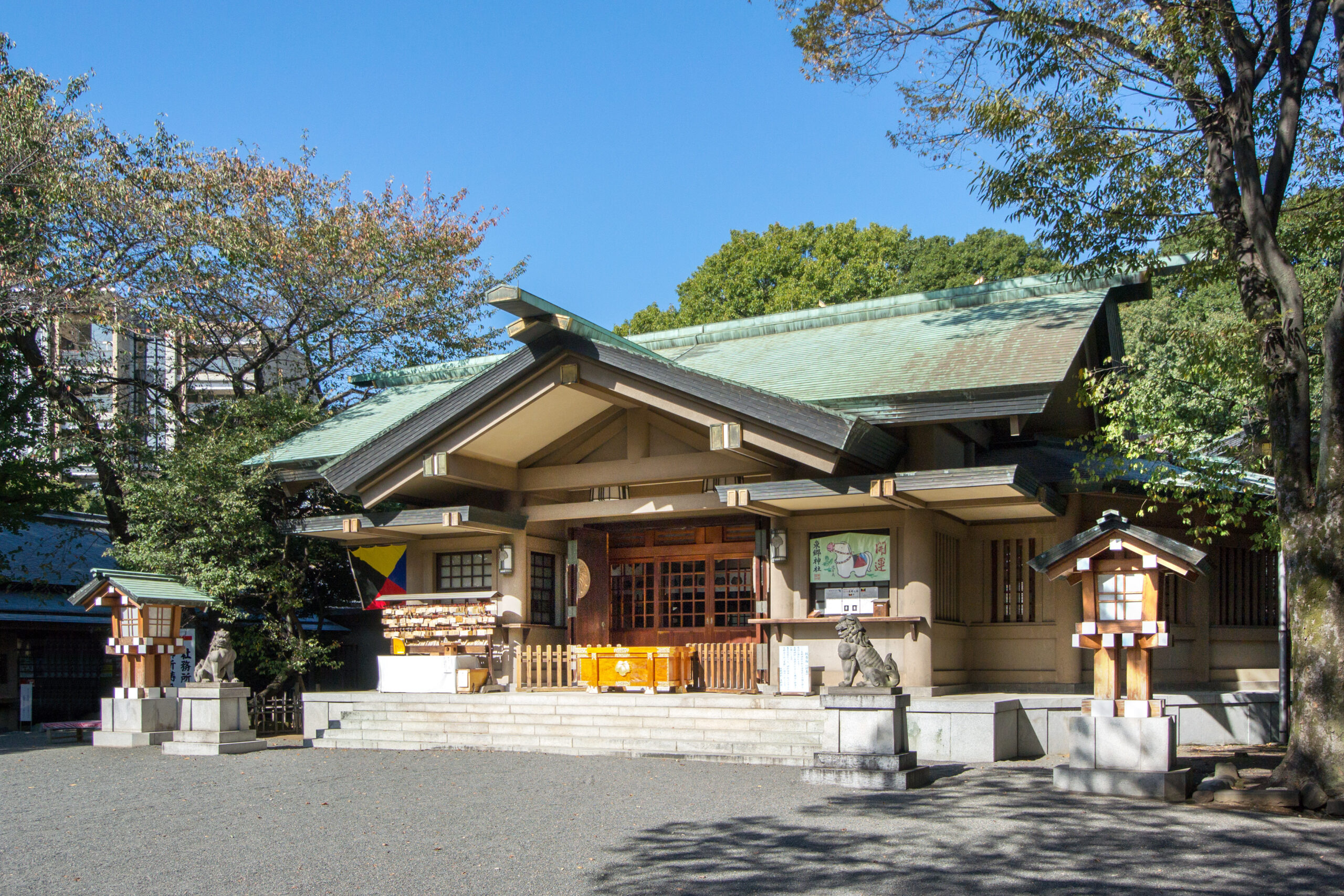
Togo Shrine is sometimes called Sanrio Shrine because it has a special collaboration with Hello Kitty! Here, you can get Hello Kity-themed amulets and other goods. The goshuin doesn’t feature the character, but it’s colorful and cute, making it very popular for goshuin collectors.
Yanaka Kannonji Temple is known for its beautiful hanatemizu — seasonal flowers that float in the water bowl where you cleanse your hands before entering the temple. Fittingly, the temple also offers beautiful seasonal goshuin.
Okazaki Shrine is sometimes called the Rabbit Shrine. It has plenty of rabbit motifs, including rabbit statues at the entrance. The goshuin stamp features rabbits, making it a popular stamp. if you’re looking for a cute goshuincho, the ones sold at the shrine also feature rabbits!
For more advice for your future Japan trip, check out our other articles:
・Japan Travel Tips: Advice Before Traveling to Japan
・How to Shop Tax-Free in Japan
・Japan Travel Tips: Internet Access While Traveling in Japan
・Tips for Money in Japan and Currency Exchange Options
Looking for the perfect place to stay during your trip to Japan? MACHIYA INNS & HOTELS offers a collection of beautifully renovated traditional Japanese accommodations in Kyoto, Kanazawa, and Takayama. Each property combines the charm of historic machiya architecture with modern amenities, providing an authentic and comfortable experience.
Choose from private holiday house rentals or boutique hotel rooms, each thoughtfully designed to preserve the unique character of traditional Japanese design while meeting the needs of today’s travelers. Whether you’re exploring ancient temples in Kyoto, sampling fresh seafood in Kanazawa, or wandering the quaint streets of Takayama, our accommodations provide the perfect home base for your adventures.
Discover your ideal stay and start planning your unforgettable journey to Japan. Visit the MACHIYA INNS & HOTELS official website to learn more and book your stay today!
Make your trip a truly local experience, and go where the locals go. If you're wondering where the locals go to eat when hanging out with family, celebrating with friends, stopping by for an after work drink... look no further.
Machiya Locals Website